What is slow fashion? The quick answer is that slow fashion is everything fast fashion isn’t. Fast fashion is clothing that is manufactured globally in bulk and made with the cheapest material possible to maximize profits. Fast fashion is trendy and changes with every season. But most of all, fast fashion has a large environmental impact.
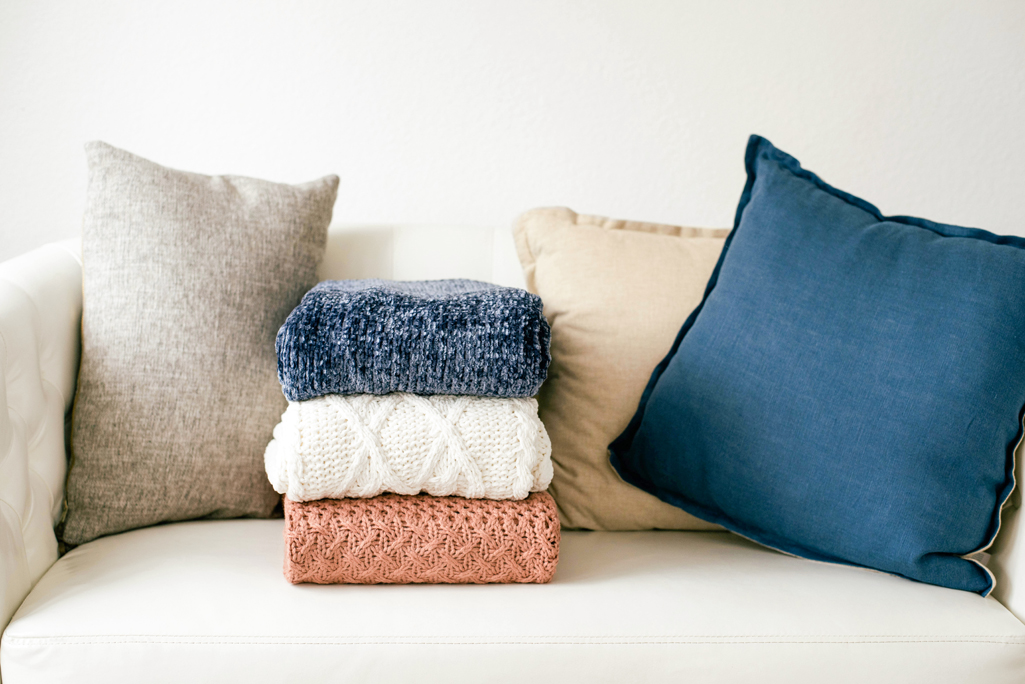
So, now that we know what slow fashion isn’t, let’s dive in and learn what the slow fashion movement is all about.
Table of Contents
What is slow fashion? Selecting the right textile
The environment impact of the textile industry
The textile industry is one of the largest polluters in the world (1). It’s right up there with the oil industry. Polyester and nylons, two of the biggest culprits, are made from petrochemicals that are not biodegradable (2). They take several hundred years to break down. So, not only is the process of making these synthetic fibres causing pollution, but once we’ve discarded them, they still keep contributing to pollution in the form of waste that won’t go away.
The fast fashion industry tends to use synthetic materials such as polyester and nylon because they are inexpensive and this allows them a larger profit margin.

But did you know that it’s not just cheap, synthetic textiles that cause pollution? Nope, natural fibres such as cotton are also part of the environmental puzzle since they use a lot of water and pesticides to grow crops. (3).
The Social impact of the textile industry
It’s not only the environmental impact of making the textiles that we need to consider when selecting our garments. We also need to consider the social impact. To make clothes cost less, companies hire cheap labour from third-world countries.
When building a sustainable wardrobe, we also need to consider where the material was sourced from, and where the clothing was made.
So, if you want to have a more sustainable, ethical wardrobe, you need to consider the type of material your clothes are made of and where it comes from. he solution?
Take action: Buy sustainable textiles
If you are looking at joining the slow fashion movement (and I think we all should) here is a list of textiles we should consider when building your wardrobe:
- organic cotton
- hemp
- bamboo
- linen
- modal
- tencel/lyocell
What is slow fashion? Buying less
If you took my 1-Week Eco-Challenge, you’ll know that clothes landing in our landfills is yet another environmental issue associated with fast fashion.
According to the Recycling Council of Ontario, North Americans send 9.5 million tonnes of clothing to landfills every year. They also state that 95 % of that clothing could be reused or recycled.
Fast fashion is designed to have short life cycles. Trends change with the seasons and the fashion industry tries to push more clothes out in the market. The fashion industry is also very good at marketing and playing with our wants and needs to look good and stay current.
Take action: Create a capsule wardrobe, it’s sustainably fashionable
To stop this destructive cycle, we need to buy less. And that’s why I love the idea of a capsule wardrobe. Wikipedia explains the idea of a capsule wardrobe well.
The term has come to refer to a collection of clothing that is composed of interchangeable items only, to maximise the number of outfits that can be created. The aim is to have an outfit suitable for any occasion without owning excessive items of clothing. This is usually achieved by buying what are considered to be “key” or “staple” items in coordinating colours.[
https://en.wikipedia.org/wiki/Capsule_wardrobe
If you are committed to buying less, you’ll have more room in your clothing budget to invest in those key pieces. I won’t lie, slow fashion/ sustainable clothing costs more upfront. But in the long run, those key pieces will pay off because they are well-made and will last you longer.
Tip: Pick classic styles that don’t go out of style and stay away from the trendy. Keep to neutral colours such as black, white, grey, brown or navy.
What is slow fashion? Taking care of your clothes
When trying to build a sustainable wardrobe, mending and repurposing come into play. In the last few years, I’ve re-acquainted myself with those sewing skills my mom had taught me as a child. She was obviously a smart and resourceful woman.
There are many basic sewing skills that most people can and should learn, such as sewing buttons, and fixing busted seams or hems. If you need to learn to sew, check out my 1-week eco-challenge for sewing tutorial videos. I only have a basic sewing kit that consists of a few needles and a few spools of thread.
Mending can go beyond your clothes. You can keep your shoes or boots out of landfills as well if you have them fixed at a repair shop.
And if your garments have reached the end of it’s life, consider repurposing them before sending them to the landfill. Here are some creative ideas from Pinterest:
List of Niagara stores that carry sustainable brands
Are you interested in slow fashion or building a more sustainable wardrobe? Here are a few Niagara-based stores to consider.
Where to take your unused clothing in Niagara:
When it comes to slow fashion, keeping clothing out of landfills should be a top priority. Before throwing out your clothes consider the following:
- If it’s good quality and in good condition, you can consider selling in Market Place on Facebook, or other buy & sell groups. I’ve had some good success in places like that.
- If you want to get rid of it right away, there are many donation bins around Niagara. You can also drop it off at your local Value Village.
- There are plenty of non-profit organizations, such as the Diabetes Association that will come to you and collect your used clothing.
Embracing slow fashion is more than a wardrobe change; it’s a commitment to a sustainable and ethical lifestyle. As we’ve delved into the impact of fast fashion on the environment and society, it becomes clear that our choices matter. By selecting sustainable textiles, buying consciously, and maintaining a capsule wardrobe, we contribute to positive change. Remember, slow fashion is about quality over quantity, classic styles over trends, and a small wardrobe with a big impact. Take action today, and let’s collectively shape a future where our fashion choices echo positively on our planet. Subscribe to the Green Slice of Life newsletter for more insights and join our community dedicated to sustainable living.
Are you interested in learning more about what you can do to reduce your impact on the environment? Whether you are from Niagara or not, if you want to learn more with me, sign up for the Green Slice of Life newsletter and get notified when new content comes out on this blog.
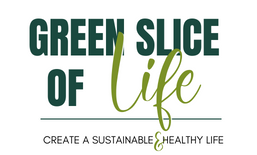

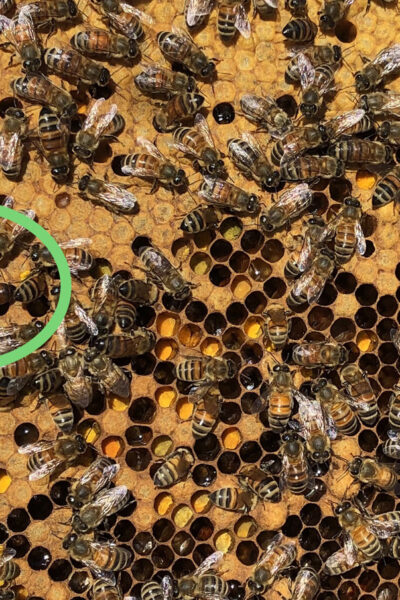
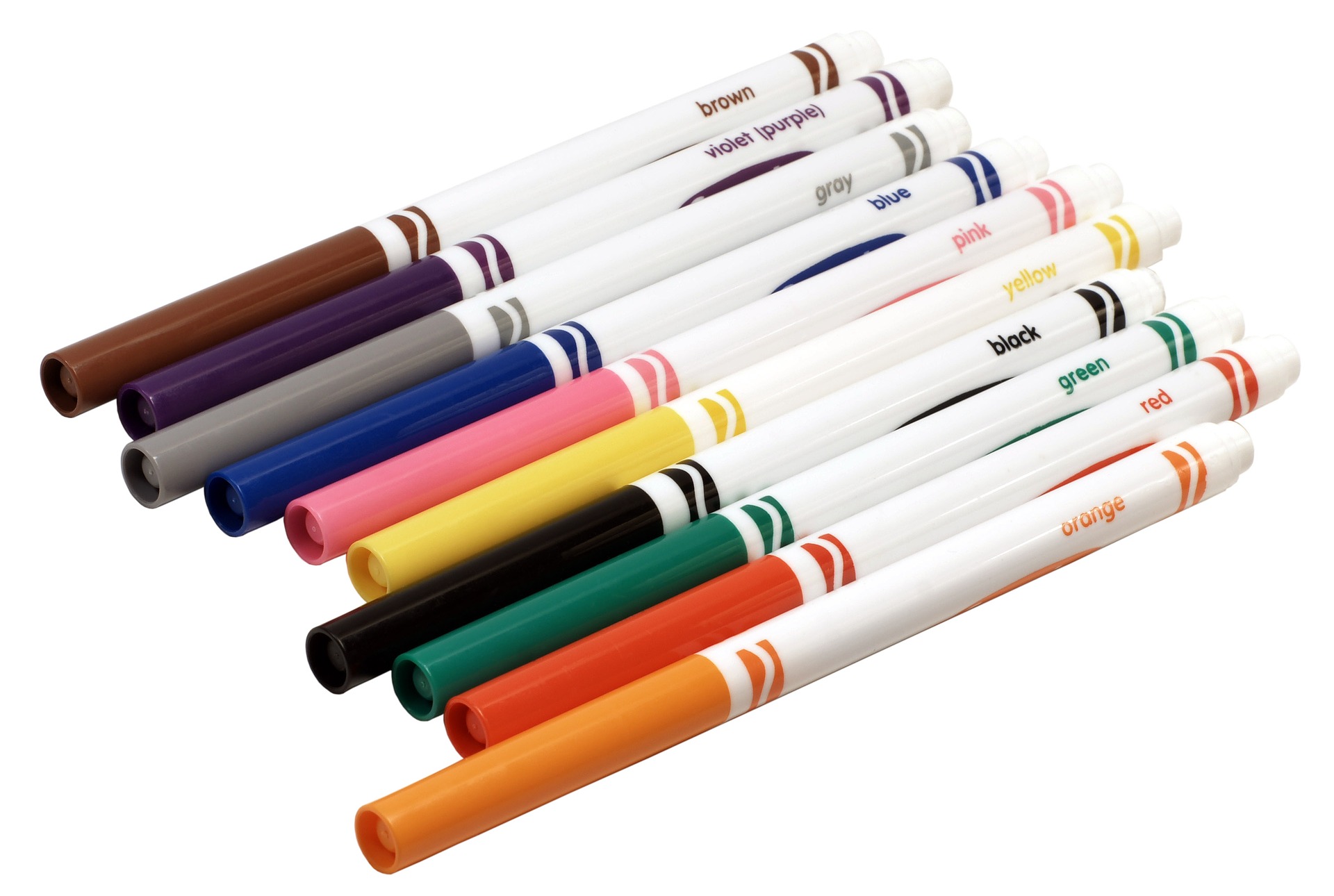




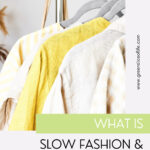



This is a great post with lots of good tips on sustainable fashion. This is a huge passion of mine, and I love seeing people around the globe coming together to bring awareness to the environmental ills of the fashion industry!
Thank you Laura! I’m happy to virtually meet someone with similar interest. I look forward to following your blog.
I’m so into slow fashion, with every purchase I try, whether that is buying second hand (which is what I do mostly), organic cotton or bamboo or fairtrade where I can too. I’m a great believer that as with everything else enviromental every little change does make such a big difference if everyone is doing it! <3
Thanks for doing your part!